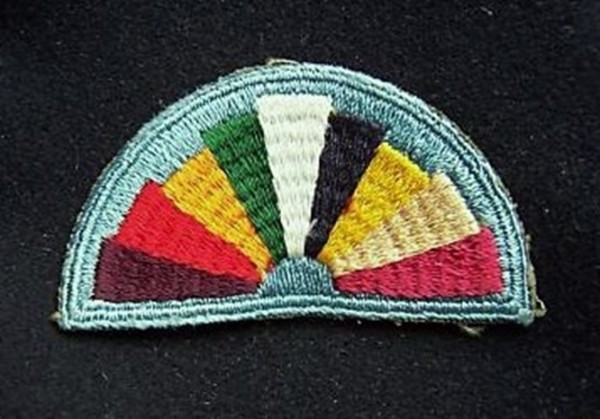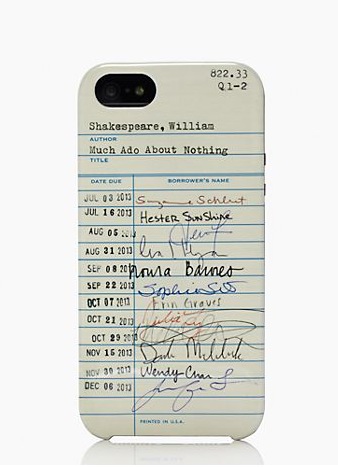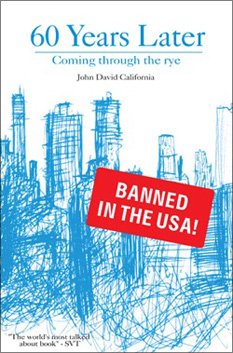I recently supported a successful Kickstarter campaign by those wonderful folks at Unshelved. They are going to make a series of librarian ranger badges. Fun, right? I think a lot of us are also aware of the Librarian merit badge that you can achieve in scouting.
Here is a badge I did not know about: the Army Special Services librarian badge which refers to the Army Hostess and Librarian Service. Special Services used to be called the Morale Division. As near as I can tell, these jobs were a special subclass of jobs set up by President Truman under the Special Services division of the War Department during WWII at Army posts. During WWI there were similar Special Services programs which created leisure “day rooms” for soldiers that were mainly staffed with American Library Association volunteers. Official organized library services were established by the Army in 1921 and service clubs/hostess houses were authorized by Congress in 1923. Here is a PDF that talks about what services Special Services offered in 1949 noting that they had seventy-seven librarians operating 197 libraries, six bookmobiles and 19 “library depots”. The colors on these patches indicated the nine different branches of the Army showing that the librarians (and hostesses) worked for the entire Army. The uniforms they wore were supposed to be worn at all times and even at home “If more than two guests were present”
Here is a photo of veteran Winona Franklin Walker (c. 1945) wearing this badge with her Special Services uniform. and here is an interview with her talking about what the work was like.
The war had just ended. Anyway, we were headed for Paris. So we spent a week in Paris being trained how to set up libraries, and we were told never to complain, that there was going to be scarcity of everything, and if the conditions weren’t to suit us, not to utter a word, that we were there to set up these libraries. And if we didn’t have materials, we’d have to scrounge around and find what we needed, and make do with what we could find. That was it. We had no fine materials or anything like that.
Apparently some early public service reference librarians were also given the title hostess but this appears to have faded away rather quickly. Nowadays in the Army we’re back to the word morale–as part of the general header “family and morale, welfare and recreation”–and the current recreational libraries of the army have this handy history page to fill in some of the gaps.


